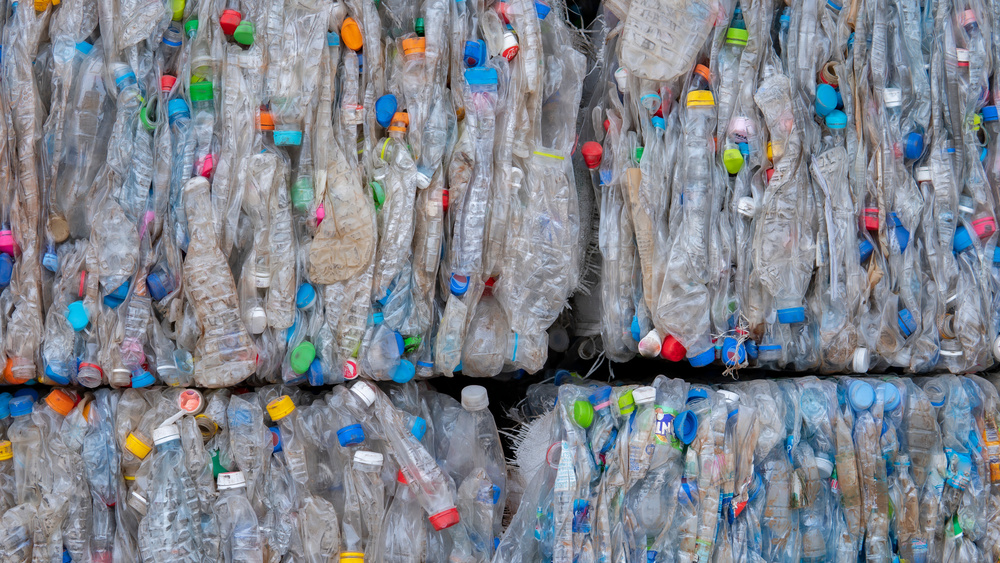Preparing Postindustrial Recycling for Pickup

One of the main advantages of recycling postindustrial plastics is working with materials that are recognizable and controlled. This allows us to put the responsibility of sorting and decontaminating plastics on the producer rather than handling them ourselves. Producers prepare plastic loads so that all we need to do is pick up and go.
Does your company partner with a recycling provider to recycle postindustrial scrap plastic? If so, your provider likely has some specific preparation requirements. We have put together a list of helpful tips for preparing loads for pickup. The tips should be useful whether you partner with Seraphim Plastics or another provider.
1. Verify Postindustrial Plastic Type
The first and most important tip is to verify the plastic type. Industrial plastics are divided into seven categories, with each one being designated by a number. Incidentally, a lot of consumers mistakenly believe that the numbering system was designed to help them figure out which items should be tossed into curbside bins. In reality, the system was developed in the 1970s to help manufacturers better understand the types of plastics they are working with.
At any rate, it is important that you know the type of plastic you are sending for recycling. Otherwise, you could put a ton of effort into gathering and preparing a load only to have it rejected because it’s a type of plastic the recycler doesn’t want.
2. Utilize Collection Bins
Certain types of postindustrial scrap plastic are best handled with collection bins. Injection mold manufacturers, we’re thinking of you. Placing collection bins at every workstation gives line workers a place to toss cutoffs and plastic purges as it’s produced. If the bins are on wheels, they can easily be swapped out when full. Just roll the full bin away and replace it with an empty one.
The one caveat here is making sure that no trash goes into the bins. It must be made abundantly clear to all workers that the collection bins are not trash receptacles. Otherwise, you run the risk of preparing contaminated loads that will ultimately be rejected.
3. Establish a Warehouse Pallet System
Certain types of plastics cannot be collected in bins easily enough to make doing so worthwhile. Think plastic totes and buckets. A better way to collect them is to establish a warehouse pallet system. Individual pieces are transported to the warehouse and immediately stacked on the appropriate pallets. Full pallets are wrapped and then set aside.
Establishing a pallet system eliminates the extra step of having to sort multiple types of plastics in the warehouse, before palletizing and wrapping them. Totes go right from the workstation to the pallet. Likewise for buckets, plastic pipes, dunnage trays, etc.
4. Bale Those Plastic Bottles
PET is the most commonly recycled plastic in the world. As such, companies like ours are more than happy to take loads of baled bottles. If you are looking to recycle PET yourself, have the bottles baled before pickup. A delivery driver isn’t going to be happy waiting around while warehouse personnel collects and bale. The bottles need to be ready to go when the driver arrives.
As a side note, PET bottles should be free from contamination. Establishing a policy whereby bottles are rinsed and emptied prior to baling is a good idea. You don’t want an entire load rejected due to a lack of proper preparation.
It is pretty convenient to have a company like Seraphim Plastics come right to your location to pick up postindustrial scrap plastic. You can make things equally convenient for us by preparing loads ahead of time. When we all work together, everybody wins.